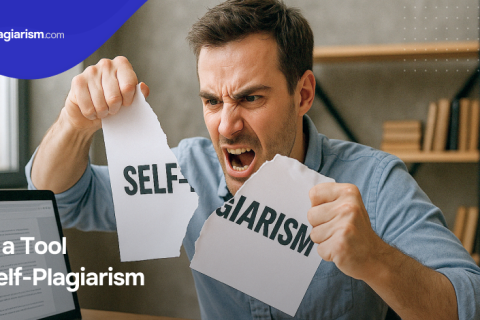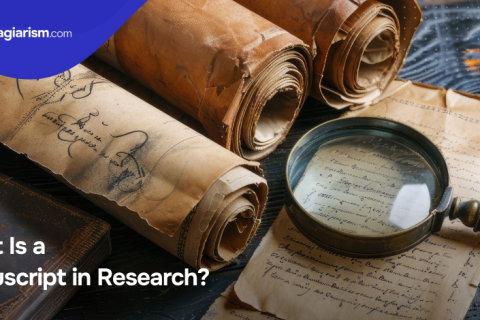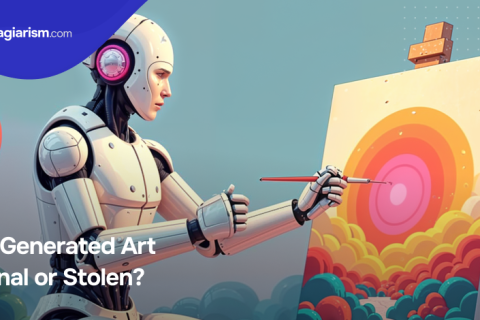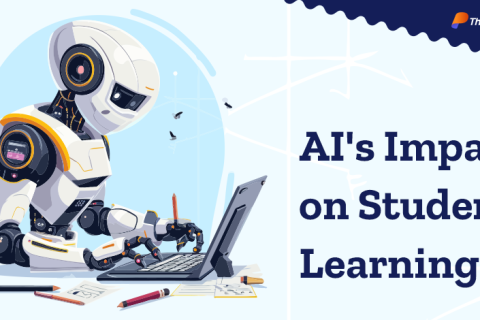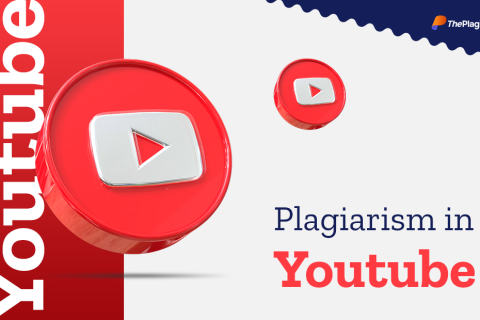Evolving Technologies for Smarter Solutions in Plagiarism Detection
19 Jul 2024
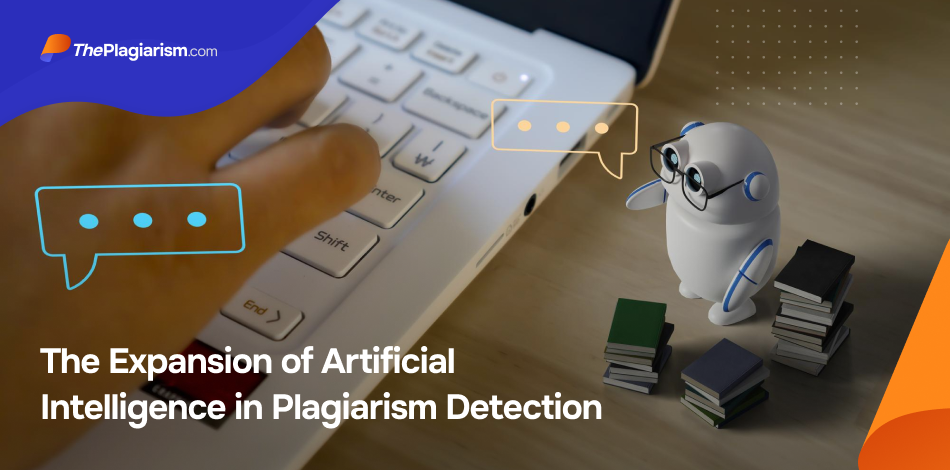
What is an indisputable must-have in present-day academic writing? For sure, it is maintaining originality and integrity, which can be really challenging for researchers. Upholding high standards of ethics requires the use of properly tailored plagiarism detection tools and access to advanced databases to meet specific needs of the academic world. For sure, nowadays with all the technological advancements of the recent years, the role of artificial intelligence in plagiarism detection cannot be overestimated either in online or traditional education. Despite specific challenges available in modern society in terms of plagiarism, new technologies offer unique opportunities for those who aim to help educators implement new strategies of cheating detection.
How does AI Plagiarism Checker Work? New Tendencies
All plagiarism detection services never stop developing their products to keep up with the latest changes in AI technologies and techniques of cheating in writing. Let’s have a look at some examples.
Copyleaks
The progress of Israeli-based Copyleaks in the sphere of plagiarism detection has been steady since 2013. This service announces spending huge amounts on upgrades and further developments and their business is rather proficient, especially owing to the active use of artificial intelligence in their software.
One of the zests of the company is looking for close matches in content or voice of the author as sophisticated paraphrasing may hide plagiarism and let copying stay undiscovered. Even if duplication of the text is not evident, the company finds the way to gain an insight of the problem and trace cheating.
Turnitin
Studying a particular writing style of an author is one of the priorities of Turnitin as well. If there is a database of previously written papers, the tools of Turnitin make it possible to detect matches and differences to confirm the originality of every new paper. The development of its Authorship Investigation tool relies on productive use of AI and efforts to identify copying every time it takes place.
How Do Plagiarism Checkers Detect AI
A group of researchers from Saudi Arabia have recently focused on the analysis of images done with the help of AI technologies. The experiment implied studying the ideas and text in every image to trace the similarities between them and those in other images. The mere concept of detecting plagiarism is changing continuously. It is not reasonable to do checks with not updated tools as the results will be poor. A lot of developers and researchers cooperate to make the system of tracing plagiarism smarter, like it case of ThePlagiarism.com, the work of which is oriented not only at the today’s needs but rather at the needs of the future.
In the past, it was enough to use a regular search engine or a simple plagiarism detection tool to detect copied text or even reveal partially rewritten passages. It used to be an impressive leap towards originality, but without considerable improvements such tools keep losing their reliability on a daily basis.
The focus of outdated plagiarism detection tools used to be:
- synonyms
- translation of copied text
- changed symbols or words
- paraphrasing, etc.
The students have invented hundreds or even thousands of approaches to cheat and fool both the teachers and software, while the latter is becoming more and more limited in its functionality without upgrades or AI use.
What does it mean to plagiarize the essay, for example? It means that a student has submitted the paper, the ideas for which are not originally theirs. So, an essay ordered from a ghost writer of an essay mill is plagiarized, but no software will ever trace that as technically it is a paper written from scratch. There is no text matching, the tool claims; still, the student gets high grade for the paper they submitted with very little time spent on it. It seems that plagiarizers will definitely win this game, but it is not that easy.
A new plagiarism detection tool based on the use of AI technologies goes much further than software of the previous generation. It analyzes the text not only on the basis of vocabulary choice or structures used, but on in-depth understanding of the language and style peculiarities.
Plagiarism Detection or Plagiarism Prevention
- Have they stolen the idea?
- Have they paraphrased the idea of the peers?
- Have they cheated in writing going far beyond mere copying?
These are the questions which torture teachers and those experts involved in analysis of the authenticity. The advanced technologies of AI let them understand the peculiarities of the author’s writing style and theme of the paper to conclude whether this specific writer could create this text.
Provided that the students are aware of potential AI check of their papers, they exert more effort on their writing and improve their skills. So, using a reliable AI-based plagiarism detection tool, the teachers may guide the students to better writing.
All in all, it is a must to gain an insight into the process of writing for everybody interested in getting authentic texts from the writers. That is why the field of plagiarism detection is never upgraded enough. It is evolving all the time to get the technology that will eventually stop plagiarism by detecting it in all possible sophisticated forms. All the companies are facing tremendous challenges to deal with complex issues and ever-changing requirements to plagiarism detection. So, there should be a perfect solution that will change the situation entirely.
AI has already penetrated all spheres and it would be wrong to assume that it will be excluded from plagiarism search. Instead, it is involved in it very actively and the need for it is growing daily. The previous phases of cheating detection look absolutely outdated. Now, the capabilities of new tools are striking and it is only the beginning of a new era.
In brief, there have been dramatic changes in the history of plagiarism detection industry and we will closely observe what will happen next. We do expect unprecedented rate of excellence in checking texts for originality of content as it will be a giant leap for the whole system of education.

